Familiarizing yourself with different lighting patterns isn't just to help you diversify your portrait portfolio. Depending on what you are trying accomplish within a photograph, knowing which pattern to call on can help you achieve those results more effectively. For example, certain lighting patterns work better on masculine faces whereas others will best compliment feminine features. Lighting patterns can also serve as a go-to source for adding drama or highlighting and masking different aspects of the subject. Some setups are a bit more difficult than others, but all are definitely worth learning.
You don't have to worry too much about having all sorts of special lighting equipment as all of these patterns can be created using a bare lamp bulb or even a sunny window. In fact, it may be in your best interest to practice using a continuous light source such as a bare lamp because you will be able to see the light pattern instantly and continuously unlike when you are working with strobes. With strobes and speedlights you have to take the picture to see the results, make needed adjustments, and take another photo to see if you got it right. It can be very discouraging and frustrating if you are just getting started. One may argue that is what modeling lights are for and it's not that they are wrong, but we are simply trying to learn lighting patterns and do not need to further complicate things with the workings of strobes at this point, though this is something you will want to progress to.
It should also be noted that the light setup diagrams provided here are not the only way to get the desired results. They are, however, very simple setups that can be done with minimal equipment to allow studio lighting novices learn what the patterns are, which is exactly what we are trying to accomplish. So, let's get started.
Broad Lighting vs. Short Lighting
These terms are often tossed around when talking about lighting patterns, but think of them more as a style rather than a pattern. Many of the patterns we'll practice below can also either be broad or short, so it's hard to define them as their own unique patterns. Nonetheless, you need to be able to recognize them.
Broad Light: With the subjects face angled so it is not facing the camera head on, broad lighting will occur when the light source is spread across the side of the face closest to the camera, making it illuminate the broadest part of the face visible to the camera. Use this when you want to widen your subjects face or help tone down the appearance of wrinkles.
Short Light: Just the opposite. Again with the subject's face angled, short light is what you get when the light source is illuminating the side of the face that is farthest from the camera, which will also happen to be the shortest half of the face visible to the camera. Short lighting is flattering for most faces because it produces a slimming effect.
Split Lighting
Split lighting is a pretty straight forward description of how it appears in a portrait. The light source will split the face with one side illuminated and the other falling to shadow. It can be very dramatic, like the photo below, or it can be used to a lesser degree depending on your preference.
When To Use It: Split lighting works best when trying to emphasize a masculine face, so it's less seldom used when photographing women and children. The contrast between the light and shadow on the face is useful when trying to add drama to a portrait.
How to set it up:
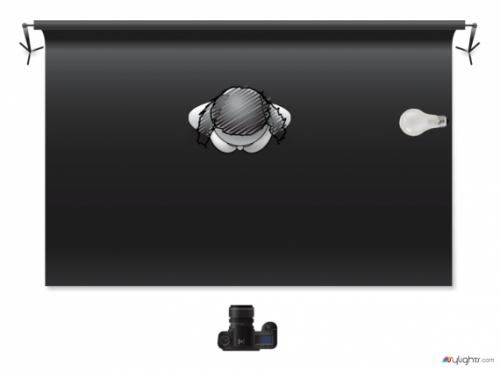
Butterfly Lighting
You might have also heard this light pattern referred to glamour lighting, paramount lighting, or beauty lighting. It's commonly used in fashion and beauty photography because it's one of the more flattering ways to light certain shapes of faces. It's name, butterfly lighting, comes from the symmetrical, butterfly-like shadow it produces just beneath the nose.
When To Use It: This is one of the go to pattern for female fashion photos. It works especially great when photographing teenage girls and women with defined cheekbones. It doesn't work as well with round faces, as it does little to slim the face.
How To Set It Up:
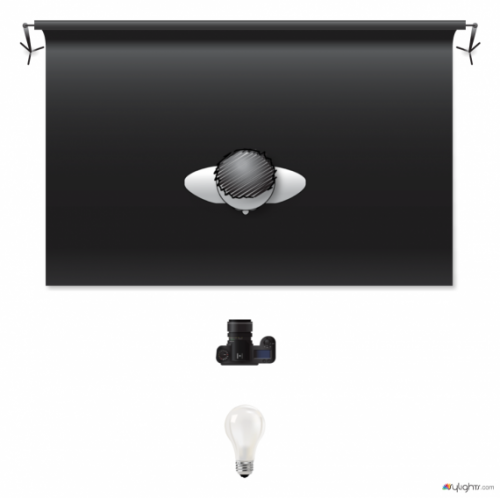
Loop Lighting
So called for the loop of shadow it creates to one side of the nose, loop lighting is probably the most widely used pattern because it works on so many different shapes of faces. Look at the photo below, do you see where the shadow falls to the right side of the models nose, both, beneath and on the side of it?
When To Use It: When in doubt, try loop lighting. The pattern is flattering for almost all facial shapes and it leaves most of the face well lit. The small loop of shadow will help add depth to the portrait.
How To Set It Up:
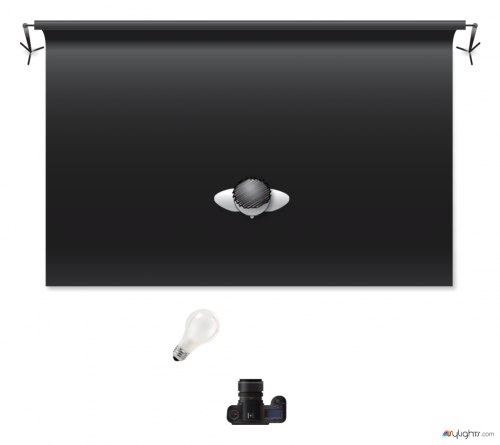
Rembrandt Lighting:
Rembrandt lighting is one of my favorite lighting patterns to use and just so happens to be the topic of one of the first (and most popular) articles I contributed to Lightstalking, (you can check it out right here). It gets it's name because the pattern is a replication of the light pattern the famous painter, Rembrandt, used in almost all of his portraits. It's recognizable by the triangle of light it produces on one side of the face.
When To Use It:
Rembrandt lighting is very stylized and works great to bring mood to a portrait. It's a great pattern, but best used selectively. For example, if you're trying to show the bubbly, cute personality of a happy cheerleader, Rembrandt isn't the right choice. It's best reserved for portraits of more reserved individuals.
How To Set It Up:
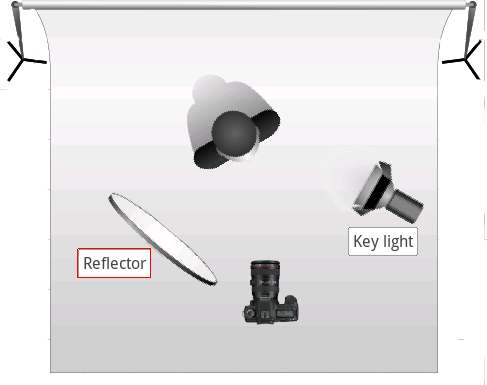
Branching Out
As mentioned before, if you have a sufficient understanding of speedlights and strobes and prefer to work with those, you should!
Once you are comfortable working with these patterns, it's time to start introducing your own modifications to them. Experiment with shooting from different angles, introducing more lights and/or modifiers, or try creating them with two or more subjects at the same time. Try looking at the portraits you have hanging in your home or browse through your favorite portrait photographer's website and see if you can identify which patterns are used and try to estimate how they lit their subjects.
Lastly, don't be too hard on yourself, some of the patterns can be difficult to get right at first. Just keep practicing!
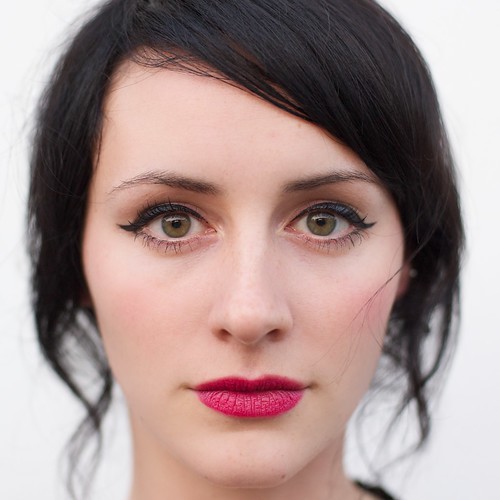

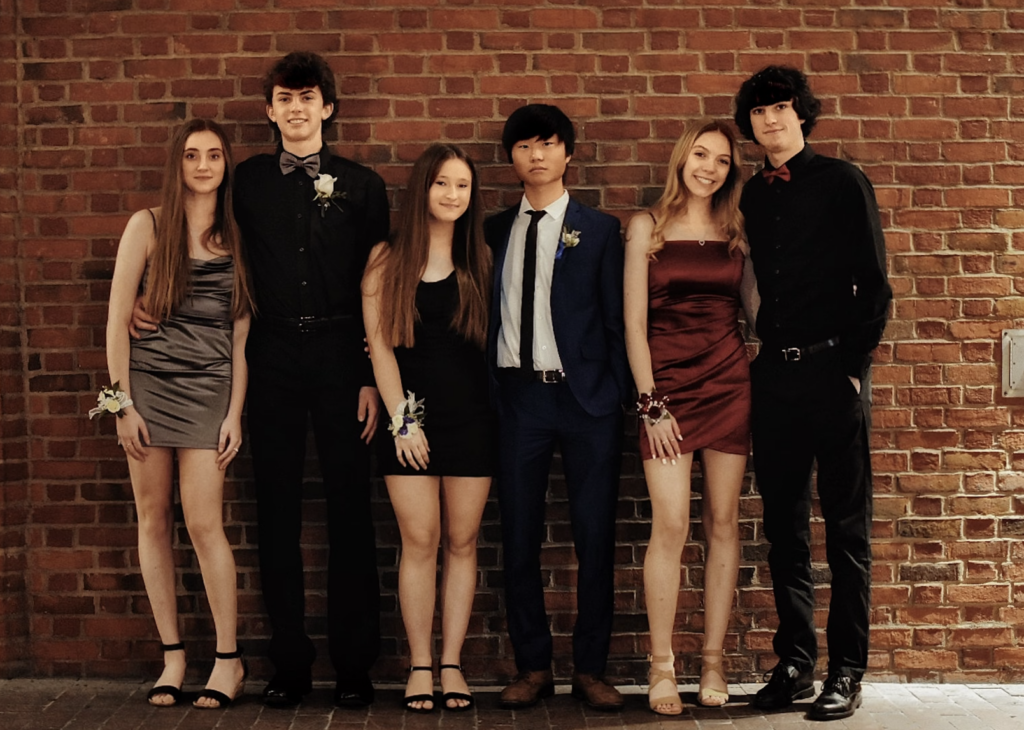
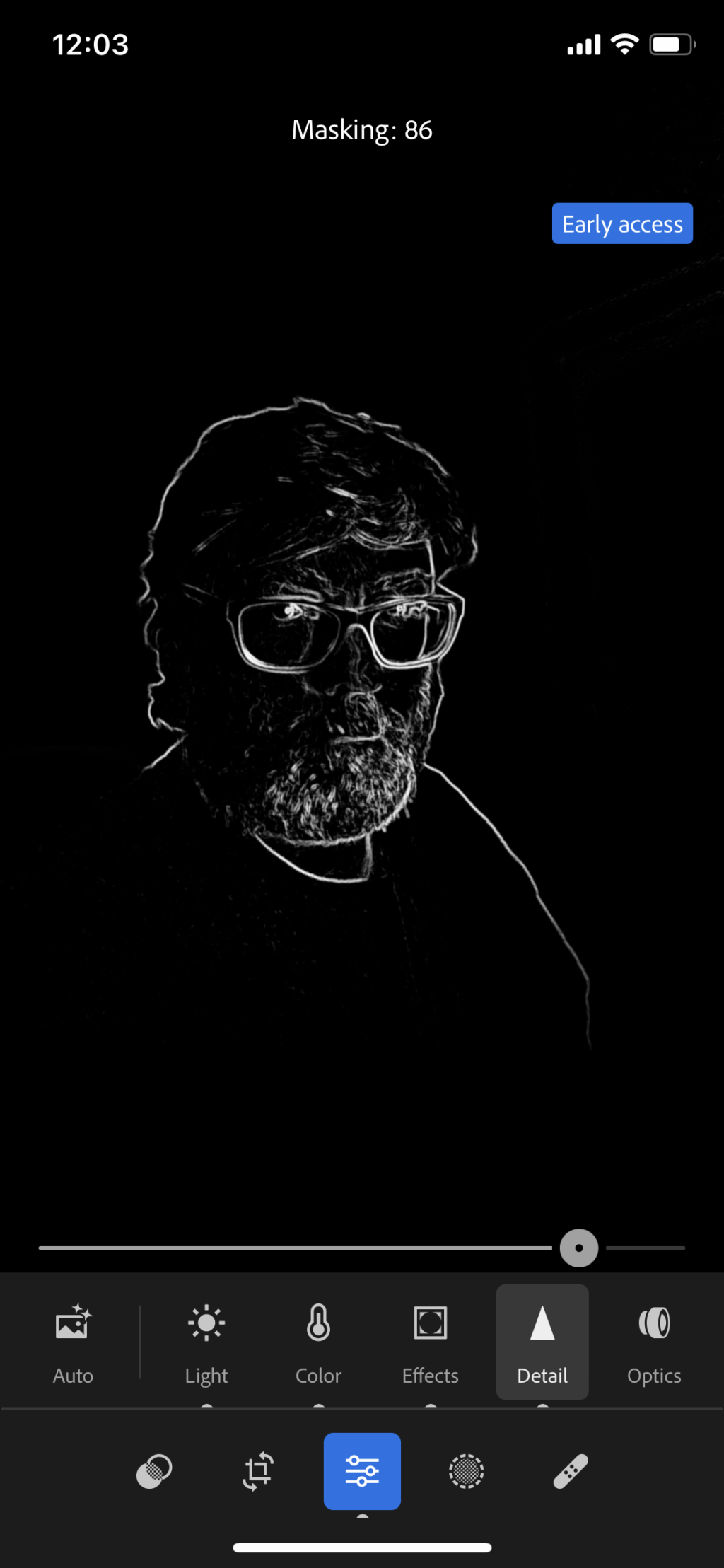
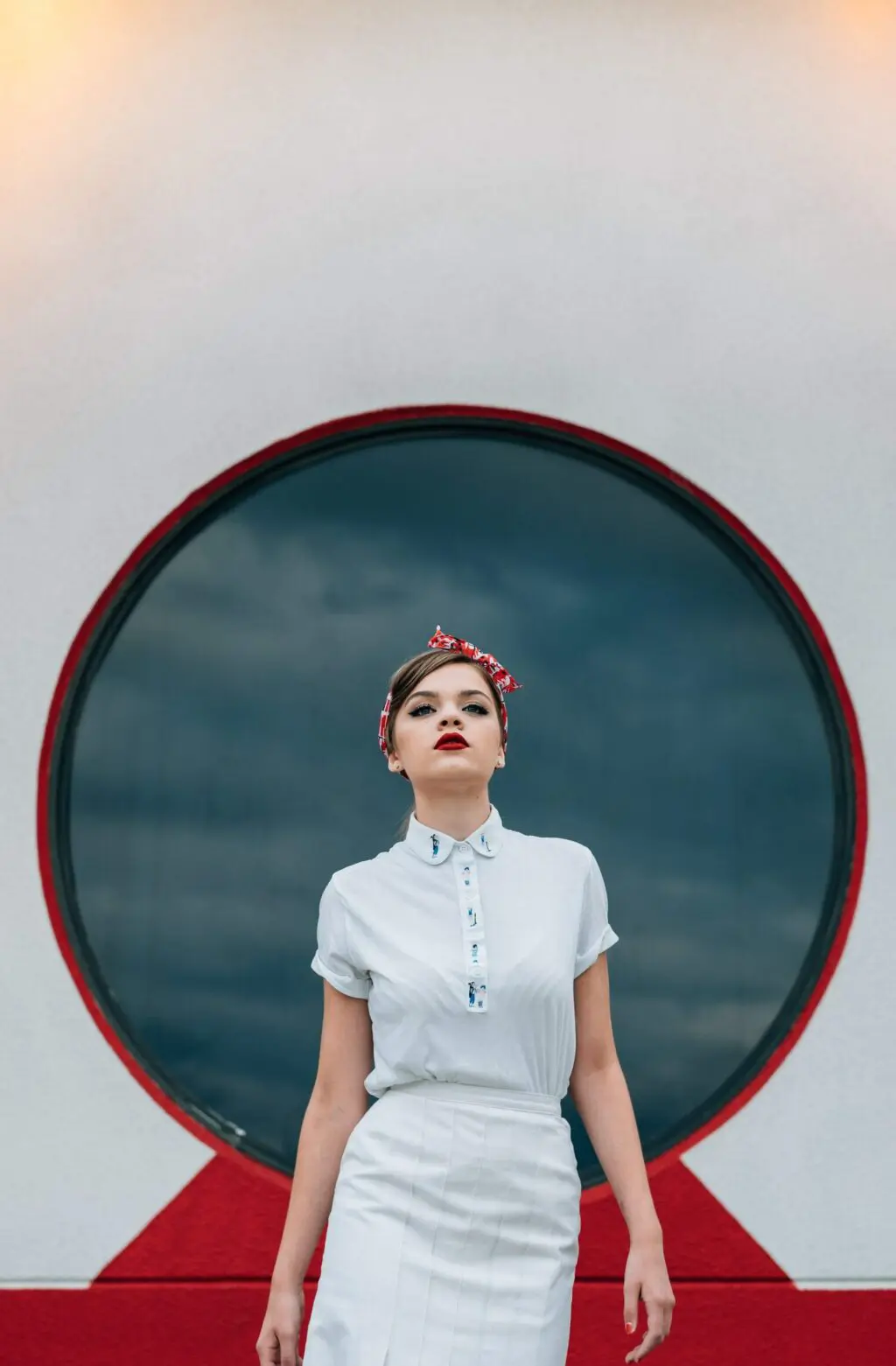
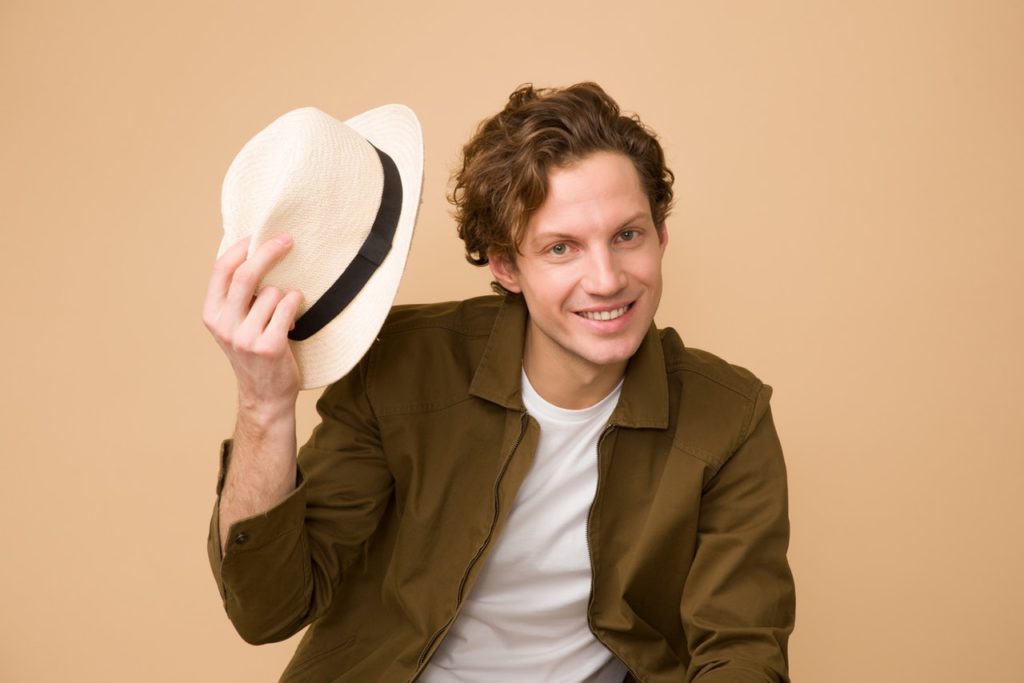
14 Comments
Wonderful article for portrait photography!
Thanks!
Thanks Tiffany, well written, consice and easy to understand for someone like me that is new to lighting set-ups. Great job 🙂
You’re welcome and thanks for reading!
Beautifully explaned !
Good article, useful and easy to understand with good example.
Split lighting sample image from flickr is no longer available
Thank you!
I’ll be referring to this article for my next portrait shoot!
plain and simple, just the I like it.
great article nice and simple!!!
I love the way you include diagrams demonstrating how to set up the light source, subject and camera. Very useful!
So nice and easy to understand
Hey tiffany nice article on lights..
What a great article… no waffle, just information, explained really simply. A very big THANKYOU